Google I/O 2018 Highlights: Google Assistant Voices, Android P Beta, and More
Google I/O 2018 is well under way. This Google conference unites developers worldwide for next generation tech immersion. Check out the Google I/O 2018 highlights, from an Android P Beta to AI enhancements, and more!
Where to Watch Google I/O 2018: Livestream Google I/O 2018
You can view the schedule and livestreams for Google I/O 2018 on the official events page. If you missed any sessions, you can review them on YouTube.
Android P Gains Power
The next iteration of Google’s Android OS, Android P, has rolled out in a beta for select phones. First, head over to the Android Beta Program page and sign up for an account. However, you’ll need a compatible device. The list includes:- Sony Xperia XZ2
- Xiaomi Mi Mix 2S
- Nokia 7 Plus
- Oppo R15 Pro
- VIvo X21
- OnePlus 6
- Essential Phone PH-1
- Google Pixel XL
- Google Pixel 2
- Google Pixel 2 XL
Android P yields several functions which counter over reliance on phones. For instance, Android P boasts a dashboard with metrics on time spent on your device. There’s also a do not disturb mode which may be activated when flipping a mobile device over. Similarly, an app timer provides parental control and grays out the screen at a certain interval.
Google Assistant: New Voices in Google Assistant, Maps Integration
Doubling down on its voice assistant, Google Assistant, Google I/O 2018 revealed six fresh Google Assistant voices. There’s also a John Legend voice arriving later in 2018. Alongside new voices, Google I/O 2018 unveiled revolutionary functionality for its voice assistant. Now, Google Assistant can make calle, schedule appointments, and essentially fulfill basic human roles.
It’s surprisingly complex, even throwing out “umm” and “ah.” No word yet on whether or not Google Assistant will refuse to open the pod bay doors. In addition to new voices and allowing Google Assistant to perform functions such as appointment setting, Google is revamping its Google Assistant commands. Now, you’ll only have to say “Ok Google” or “Hey Google” once. Additionally, there’s forthcoming capabilities to allow Google to execute multiple commands in one request.
Among Google’s most used software, Maps is key. Now, Google Assistant comes to Google Maps. It’s meant to improve recommendations for the end user, and amp up personalization in the Maps app. Plus, you’ll see further integration of Google Maps, Street View, and Google Assistant.
Takeaway: Ultimately, the goal here is to make Google Assistant use more natural.
A Pretty Picture: Google Photos AI Enhancements, Google Lens
Google Photos is a neat mans to organize, edit, and tag photos. Already packed with AI feature, Photos gains further artificial intelligence elements including black and white photo colorization, rotation suggestions, and brightness tweaks.As Google aims to position Photos as a comprehensive photo hub, its balance of intuitive use and powerful, AI-backed features for photo editing, modification, and sorting makes it a worthy contender. Moreover, Google Lens employs real-time image recognition technology and is coming to the camera app. If you take a picture of text, you’ll be able to copy and paste text out of that pic. It’s revolutionary, and fits with Google’s aim to streamline photography and make it smarter. Google Lens can identify real-world items such as buildings.
Takeaway: Google Photos gets smarter with tools to improve photo editing, and image recognition lends photography more functionality.
New Machine Learning TPU
With AI as a hot topic in the tech world, Google doubles down on hardware with its Tensor Processor Unit 3.0. The latest TPU is eight times more powerful than its previous unit, sporting a whopping 100 petaflops of performance. With machine learning on the rise, and developers seeking out tech capable of meeting their demanding needs, Google’s TPU 3.0 provides a substantial boost.Takeaway: Optimized for Google’s TensorFlow, Google seeks to posit Google Cloud as a competitor to the likes of AWS.
Google News, Now With AI
News consumption continues to thrive as a major area for many tech giants incuding Google and Facebook. Google News gains AI as well with an app overhaul which lends users the ability to see targeted news stories. This uses Google Newsstand and YouTube, debuting features such as newscasts to provide better summaries of news stories.Takeaway: Amidst a user data scandal at Facebook, this offers an alternative for users ingrained in, or switching to Google’s vast ecosystem and proves Google’s dedication to powering its software with AI.
What's New in Android Things
Android Things is engineered for Internet of Things (IoT) devices. Whereas cloud technology has been key in the IoT space, Android Things focuses on running on-device. This offers several benefits, including security and low-latency gains. Android Things is used for connectivity with the likes of smart devices (secrity systems, smart doorbells, and routers), as well as point of sale gadgets, HVAC controllers, and more.At present, IoT devices are pretty stratified. Additionally, major challenges in the IoT space include security, inconsitent development experiences, and slow, pricey device manufacturing. Not only is it expensive, requiring a ton of backend infastructure at launch, keeping devices updated is diffuclut as well. Because Android Things uses Android, it's a cost effective, reliable way to develop for IoT devices. You'll see the same APIs and tools as developing for phones. The idea is helping devs achieve a working image faster, and scale to production quickly.
Google I/O 2018 announced its Android Things Long-term support version 1.0 release. As such, it boasts tons of stability. An LG smart speaker powered by Android Things was shown as an example of Android Things in action. Benefits of using Android Things included rapid production scaling and robust security.
Takeaway: Android Things continues to focus on security, a major issue in the space, and simplifying IoT development, making it easy for anyone capable of making an Android app.




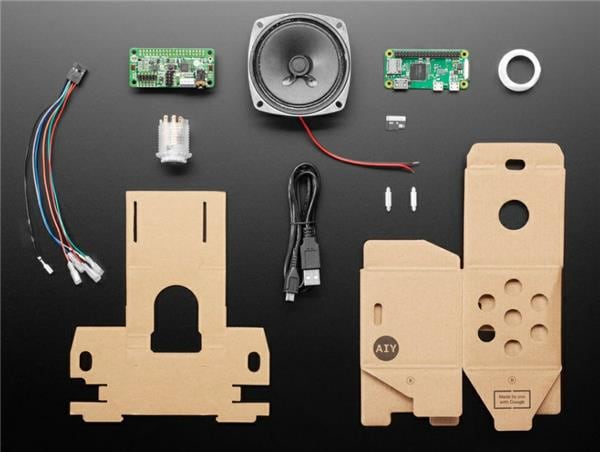
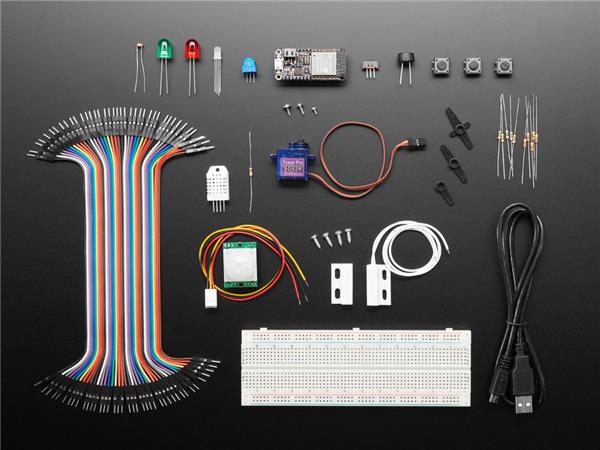
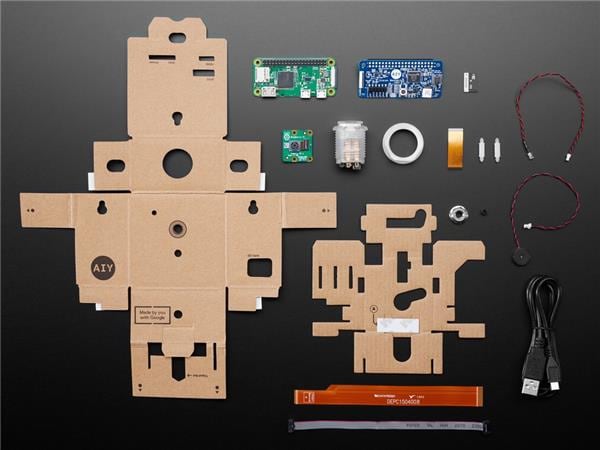
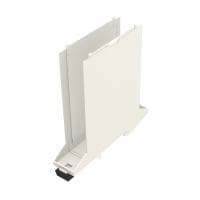
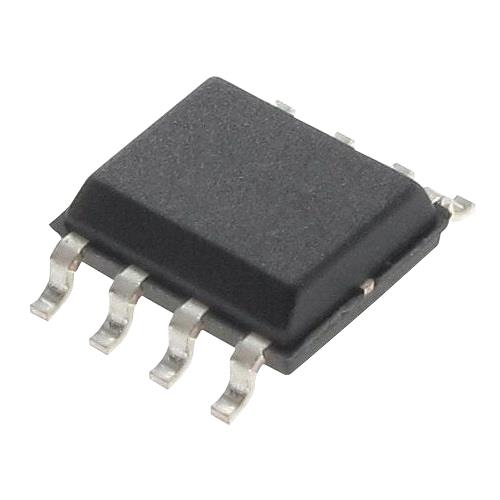


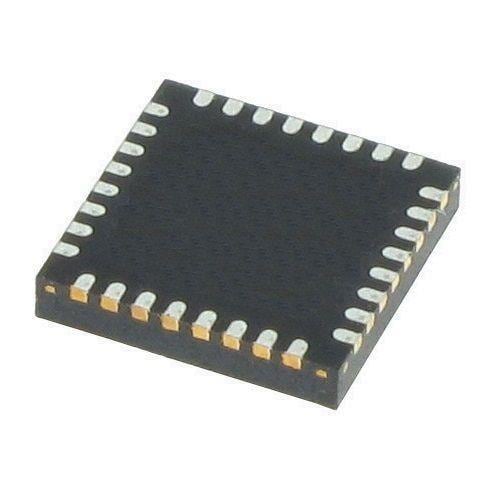
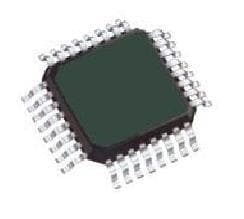

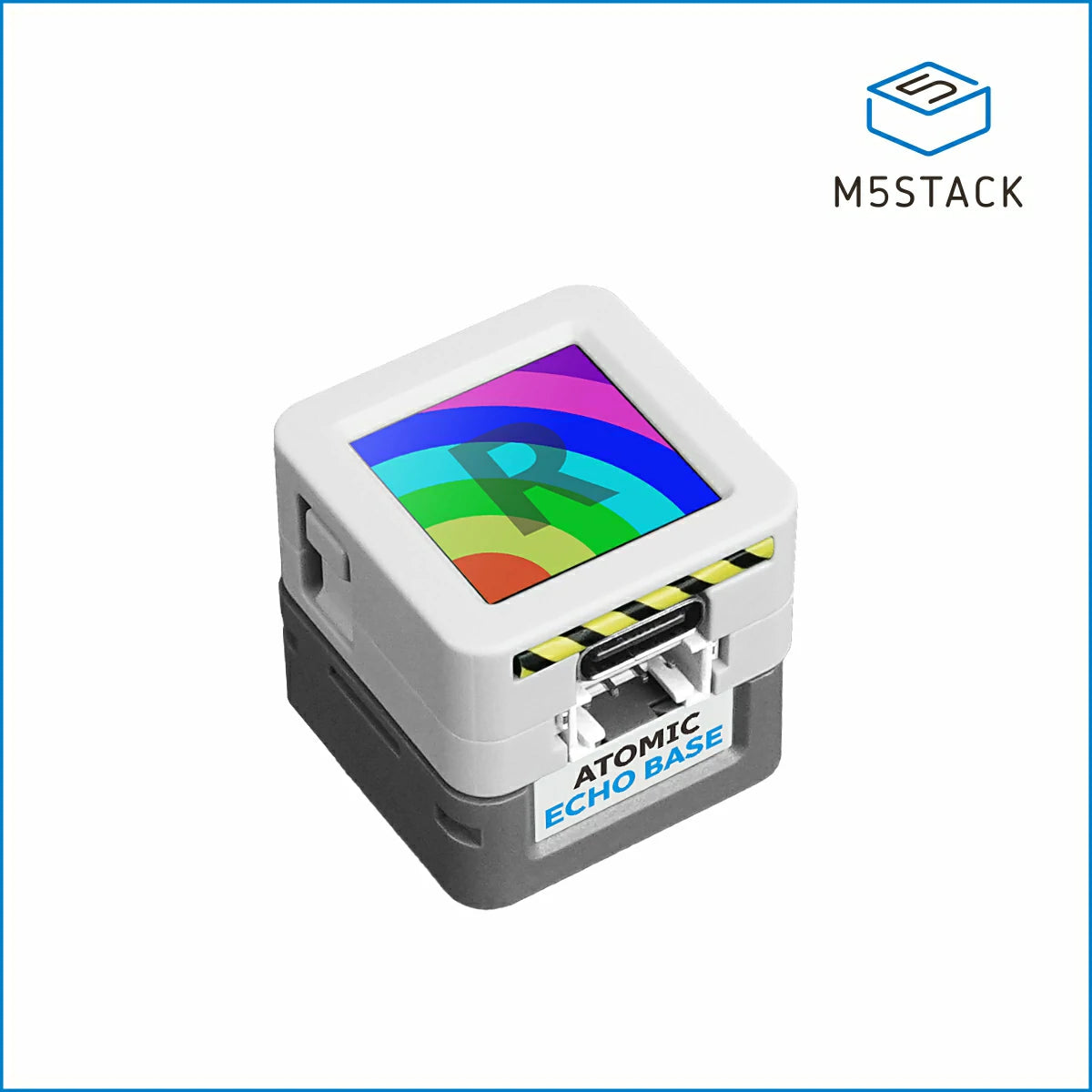



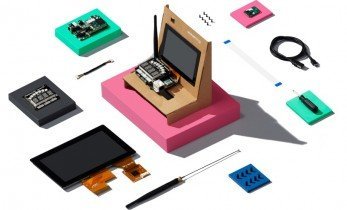
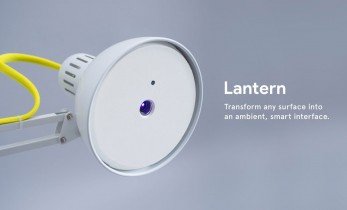
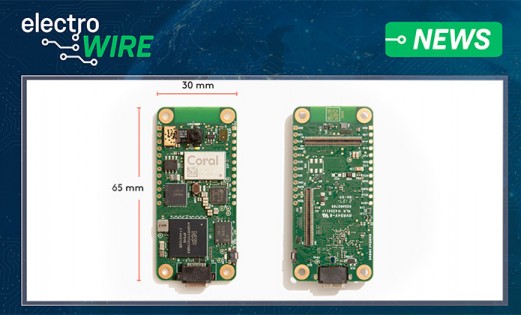
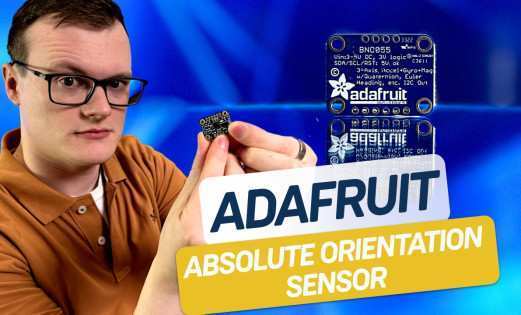
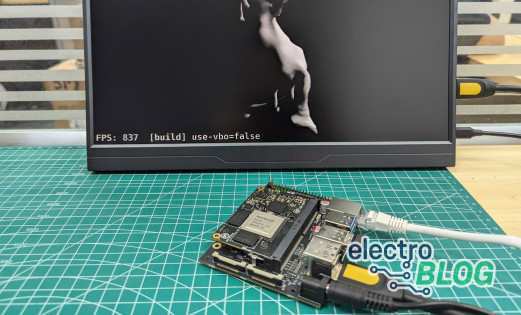

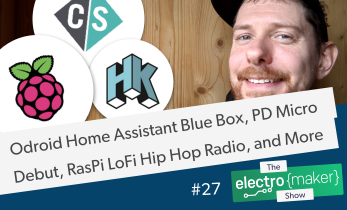
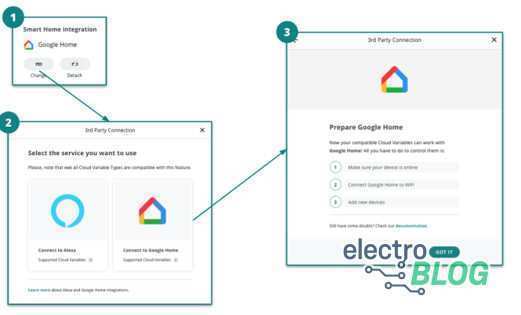
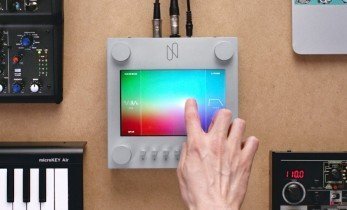
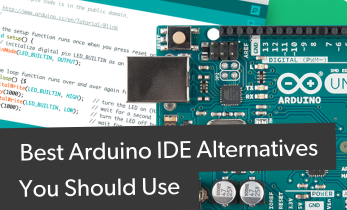



Leave your feedback...